Sheets look fresh, but deep down, mattresses can hide dust mites, allergens, bacteria, and things you can't see. Cleaning your mattress the right way can make a big difference in how you sleep and how you feel. Let's look at what really works.

What is a Mattress Vacuum and How Does it Work?
A mattress vacuum is a cleaning tool designed to remove fine dust, dust mites, pet allergens, and other particles that settle deep inside a mattress. Unlike regular vacuums, it is built for soft surfaces and can gently lift debris from fabric without damaging the material. Many use strong suction combined with a flat head to press into the mattress and pull out what lies below the surface.
Some models go further by adding UV light to help reduce germs or heated air to dry out moisture. Others use vibration to shake loose hidden dirt or include filters that trap tiny particles as small as 0.3 microns. Mattress vacuums are usually small, lightweight, and shaped for easy handling, so they're well-suited for cleaning beds, pillows, and other upholstered areas that collect allergens.
Benefits of Regular Mattress Vacuuming
Your mattress could be one of the dustiest places in your home. A study by medical researchers from Taiwan and New Zealand found that vacuuming your mattress daily can dramatically reduce this hidden buildup. Here's what the science says:
Dust mite allergens reduced by 85.1%
The study measured two key allergens, Der p 1 and Der f 1, commonly produced by house dust mites. After 8 weeks of daily vacuuming, their total amount dropped by 85.1%. These allergens are strongly linked to asthma, sneezing, and nighttime coughing, especially for sensitive individuals.
Endotoxin levels lowered by 71.0%
Endotoxins come from bacteria and can irritate your lungs even if you're not allergic. In the study, the total amount of endotoxin in mattress dust decreased by 71.0%, helping reduce exposure to harmful microbial fragments that may worsen respiratory symptoms.
Mold dust (β-Glucan) decreased by 75.7%
Mold fragments like β-glucan are often trapped in bedding and linked to breathing issues. The researchers found that daily vacuuming reduced total β-glucan levels in mattress dust by 75.7%, a major win for anyone with mold sensitivity or who lives in humid areas.
Total dust weight removed: 77.7%
Vacuuming didn't just reduce the bad stuff; it significantly lowered the actual amount of dust in the mattress. After 8 weeks, the total dust weight collected dropped by 77.7%. Less dust means fewer allergens, fewer irritants, and a cleaner sleeping environment overall.
Easy, affordable, and highly effective
Instead of relying only on expensive mattress covers, this study shows that just 2 minutes of daily vacuuming with a standard household vacuum cleaner can deliver meaningful health benefits without major cost or effort.
Pet allergens are likely reduced as well
Although the study didn't measure cat and dog allergens, previous research (cited by the authors) shows that regular mattress vacuuming also lowers levels of Fel d 1 (from cats) and Can f 1 (from dogs). Given the sharp reduction in total dust, it's likely these allergens will drop as well.
One related study found that allergen levels returned to pre-cleaning levels just 6 weeks after stopping daily vacuuming. That means long-term benefits require long-term habits, but the payoff is a healthier, cleaner bed.

How Mattress Vacuums Compare to Traditional Vacuums
While mattress vacuums are specially designed to tackle deep allergens, dust mites, and bacteria, many traditional vacuums can still offer effective cleaning.
Cleaning Power and Effectiveness
Traditional Vacuums:
- Provide strong suction, typically ranging from 10,000 Pa to 18,000 Pa, which is enough for cleaning the mattress surface and picking up dust, hair, and dirt. Some premium models can exceed 20,000 Pa suction power, more efficient for deeper cleaning and better at lifting debris from deep inside the mattress fabric.
- Many high-end models feature smart suction adjustment based on the level of dirt, optimizing cleaning efficiency.
- They are capable of picking up dust, allergens, pet hair, and debris across various surfaces, including mattresses.
Mattress Vacuums:
- Designed with features like UV-C light and vibration technology, mattress vacuums help to kill bacteria and remove deep-seated allergens that traditional vacuums may miss.
- Specializing in targeting dust mites and allergens that can accumulate in mattress layers, making them a great choice for those with allergies or respiratory concerns.
Specialized Features and Attachments
Traditional Vacuums:
- Include motorized brushes that help lift and remove dirt, dust, and hair from mattress surfaces.
- Equipped with HEPA filters, these vacuums capture very fine dust particles and allergens, improving air quality and reducing exposure to allergens.
- Some models are designed with advanced brush mechanisms that effectively clean along edges and corners, providing a more thorough clean of the mattress surface.
Mattress Vacuums:
- Mattress vacuums are typically equipped with motorized fabric brushes, vibrating pads, and UV-C sterilizers, providing a deeper clean on fabric surfaces.
- While high-end traditional vacuums can clean the mattress surface, mattress vacuums are designed to clean seams and deep layers more effectively with specialized attachments and tools.
Ease of Use and Handling
Traditional Vacuums:
- These vacuums are generally lightweight, weighing between 3 lbs to 8 lbs, making them easy to handle and maneuver across mattress surfaces.
- Cordless models offer greater flexibility, allowing you to move freely and clean the entire mattress without restrictions.
- Some models are low-profile, enabling them to clean under beds and furniture where dust and allergens often accumulate.
Mattress Vacuums:
- Mattress vacuums are compact and designed for one-handed use, making them easy to carry and store.
- They often feature a slim design that fits perfectly on soft surfaces like mattresses, allowing for precise cleaning without overcomplicating the task.
At-a-Glance Comparison of Mattress Vacuums vs. Traditional Vacuums
| Feature | Mattress Vacuums | Traditional Vacuums |
|---|---|---|
| Cleaning Power | Designed for deep cleaning of allergens, dust mites, and bacteria using UV-C light and vibration technology | Strong suction (10,000 Pa to 18,000 Pa), some premium models exceed 20,000 Pa for deeper cleaning |
| Specialized Features | UV-C light, vibration technology, motorized fabric brushes, HEPA filters, sterilizers | Motorized brushes, HEPA filters, basic upholstery tools |
| Deep Cleaning | Targets dust mites, allergens, and bacteria deep inside the mattress fabric | Effective at cleaning the surface of the mattress, but may miss deep allergens |
| Ease of Use | Compact, lightweight, and easy to use with one hand | Lightweight (3-8 lbs), cordless models for greater flexibility, low-profile designs for cleaning under beds |
| Attachments | Motorized fabric brushes, vibrating pads, and UV-C sterilizers | Basic upholstery tools, advanced brush mechanisms for edges and corners |
| Suitability for Mattress | Designed specifically for mattress cleaning with special tools | Can clean mattress surfaces, but is less effective on deep layers and seams |
Can a Cordless Stick Vacuum Clean a Mattress Well?
Yes - for surface-level cleaning. But it cannot clean deeply or remove allergens effectively.
These vacuums are designed mainly for floors and large open areas. When used on a mattress, they can remove pet hair, loose dust, and crumbs from the top layer. If you attach an upholstery tool, you may improve pickup. They're lightweight, easy to handle, and useful for quick cleanups.
However, a cordless stick vacuum usually cannot reach the deeper layers of a mattress where dust mites, mite waste, fungal particles, and bacteria often settle. It lacks features like UV sterilization and vibrating brushes that are found in many mattress-specific vacuums. Without these, the allergens stay trapped in the fabric. The suction may also be weaker compared to devices made for soft surfaces.
In short, the cordless stick vacuum, like the Dreame Z30, is effective for mattress surface cleaning, handling dust, hair, and light debris with its 14000 Pa (310AW) suction and multi-surface brush. However, it may struggle with deep cleaning and allergen removal in the fabric. For thorough cleaning, especially for deep allergens and bacteria, a mattress vacuum with specialized features, such as UV-C light or vibration technology, would be more effective.
Choosing the Right Vacuum Cleaner for Your Mattress
To choose the right vacuum for your mattress, prioritize features that target allergens and moisture. Here's what to consider:
- Strong suction power. Look for vacuums with suction between 13,000 and 16,000 Pa. This range is strong enough to pull dust, skin flakes, and mites from deep inside the fabric.
- HEPA filter system. A true HEPA filter can trap over 99.9% of fine dust and allergens as small as 0.3 microns. This helps stop particles from going back into the air.
- UV-C light feature. Some vacuums shine UV-C light on the mattress to help kill bacteria and mites. This is helpful for people with allergies or skin sensitivity.
- High-frequency vibration. A vacuum with a vibrating base shakes the mattress surface. This helps lift dirt and mite waste that sticks to fabric.
- Heat function for drying. Warm air around 130 to 140°F (54 to 60°C) can reduce moisture and lower the chance of mold or bacteria growing after cleaning.
- Lightweight body. Choose a vacuum that weighs less than 4 pounds if possible. Lighter models are easier to lift and move across a bed.
- Easy to clean parts. A vacuum with washable filters and a quick-release dust bin saves time and keeps your tool in good condition.
- Long battery life. A strong battery lets you finish cleaning in one go. Try to find one that supports at least 10 to 15 minutes of run time per mattress.
Are Mattress Vacuums Worth It?
Yes, for most households, a mattress vacuum is worth it. It offers better results than general vacuum tools when it comes to cleaning beds.
- Regular vacuuming with the right tool helps reduce allergy risks. One study showed that daily mattress vacuuming reduced total dust mite allergens by 85.1% over 8 weeks.
- Unlike general vacuums, mattress vacuums focus on surfaces that collect skin flakes, moisture, and mites.
- They come with features designed just for mattresses, like UV light, vibration, and strong filters.
- For people with asthma, allergies, or sensitive skin, this can improve sleep and reduce irritation.
- Families with pets, small children, or humid bedrooms may also find it useful to have a vacuum meant for soft surfaces.
Final Takeaway: Clean Deeper, Sleep Better
A clean mattress goes beyond appearances - it's about health. In short, if clean air and a healthier sleep space matter to you, a mattress vacuum is a good investment.

















































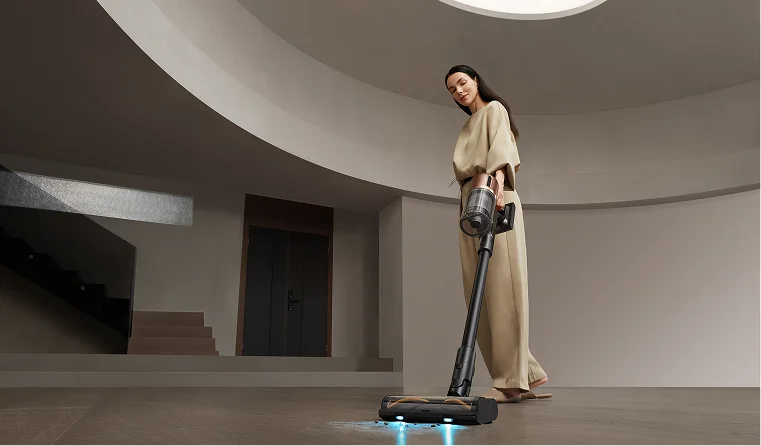
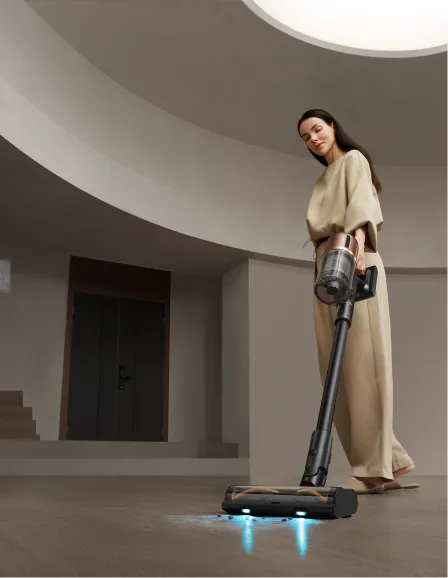
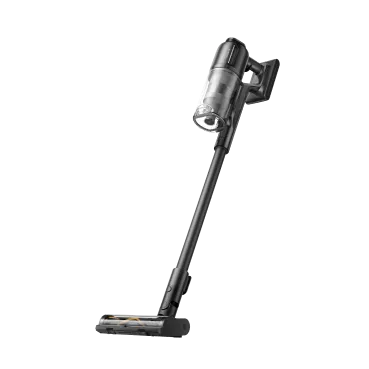
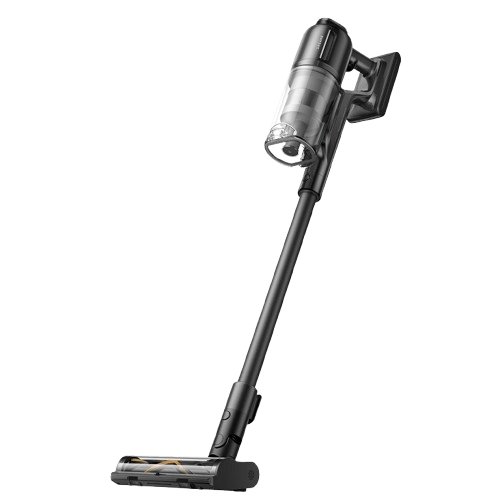
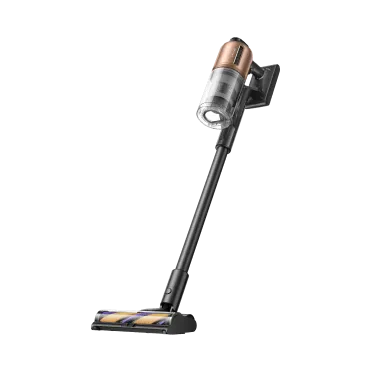
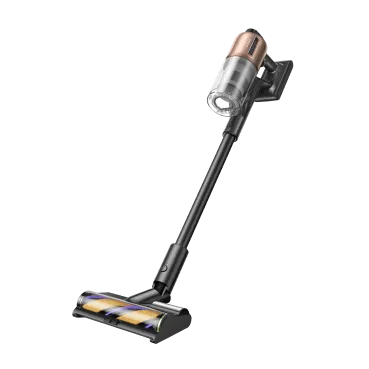
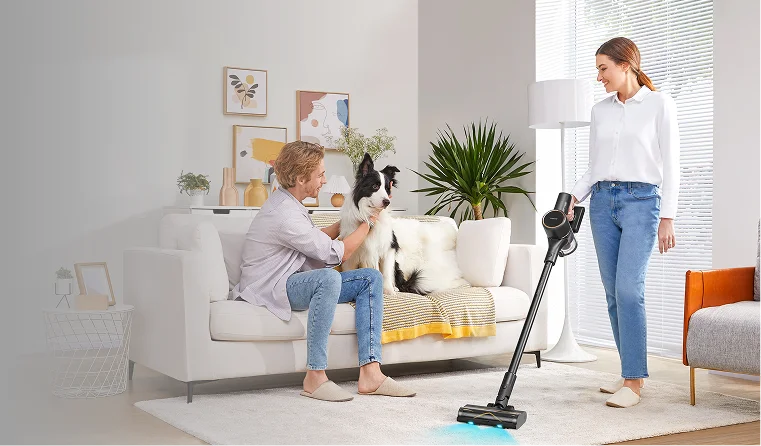
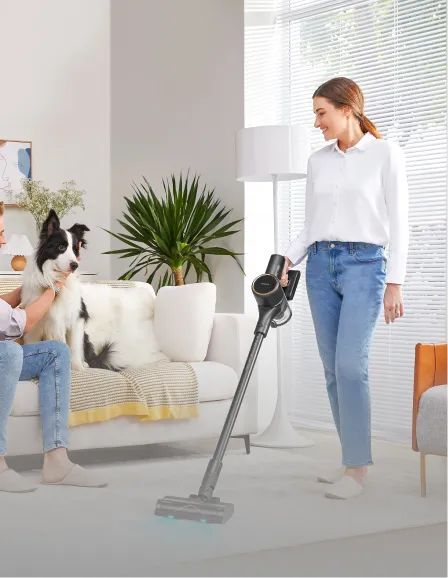
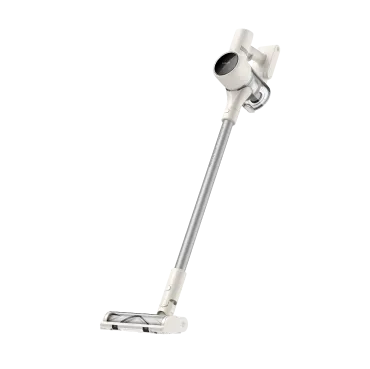
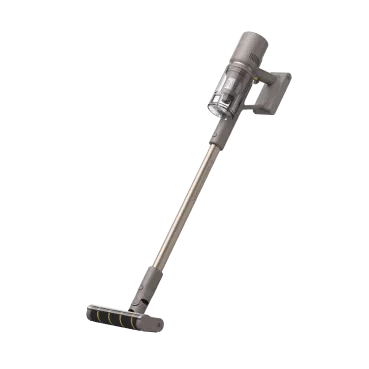
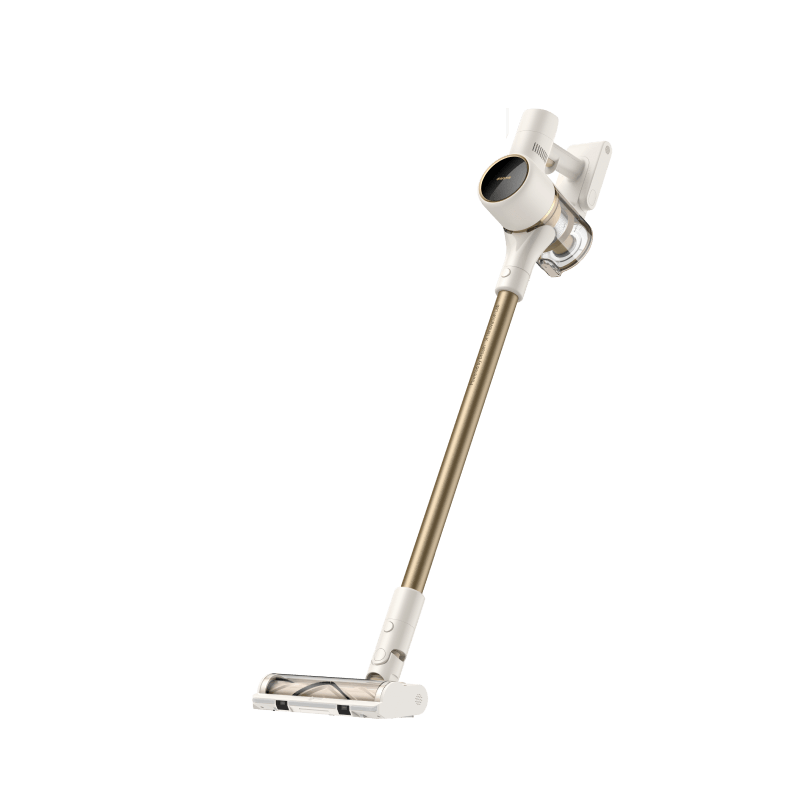
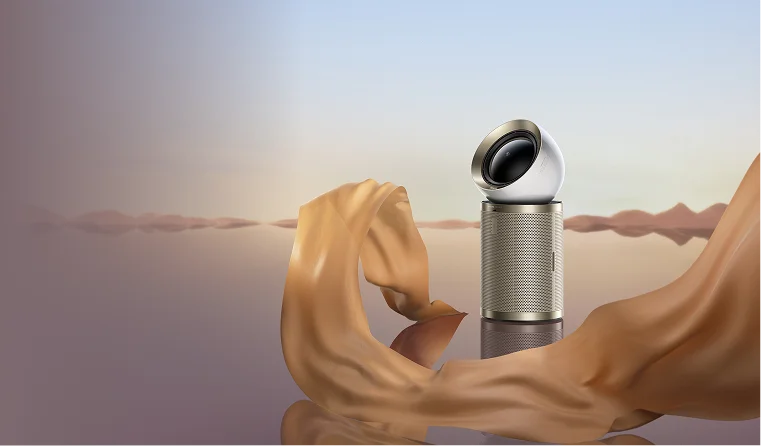
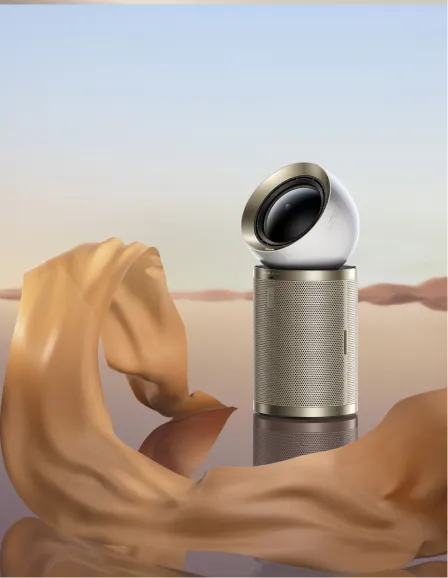

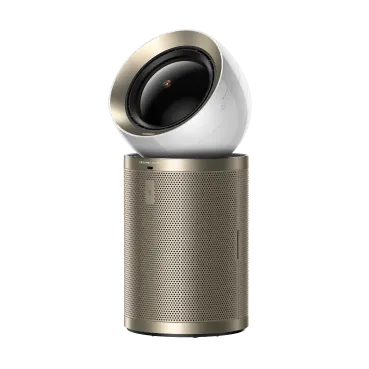
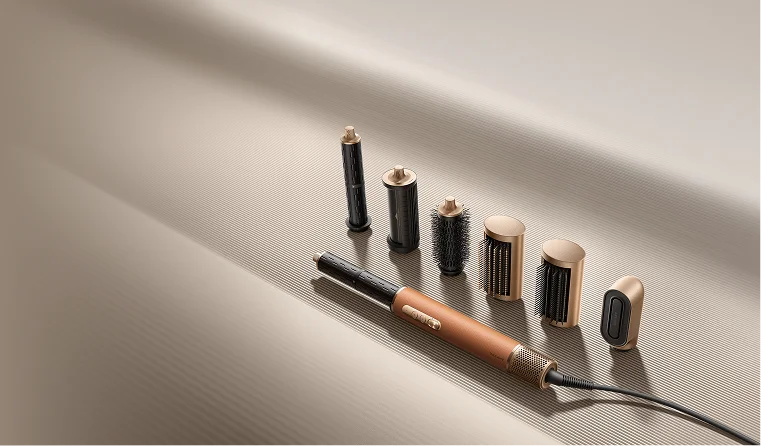
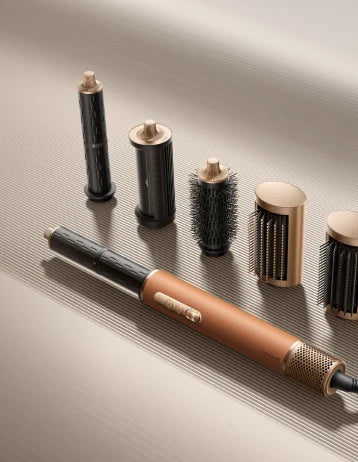
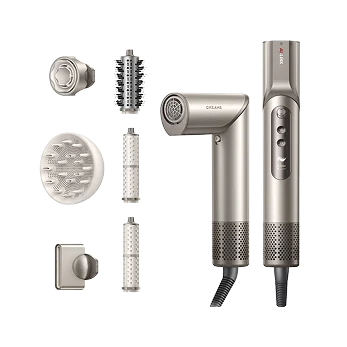
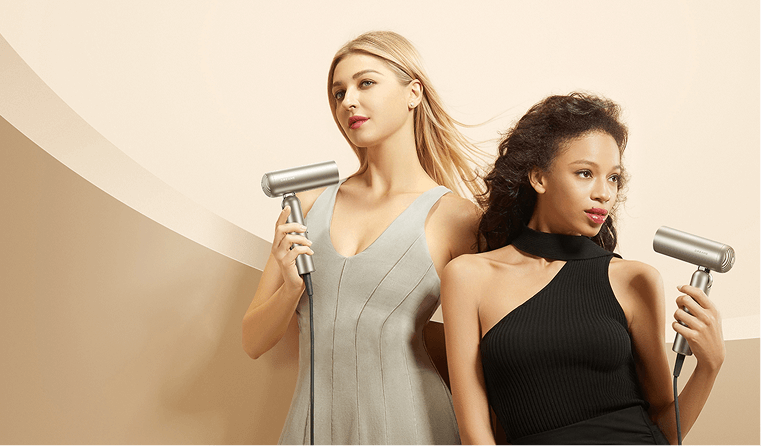

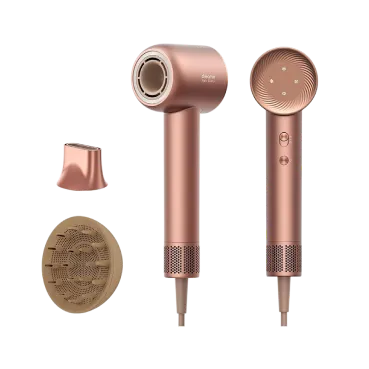
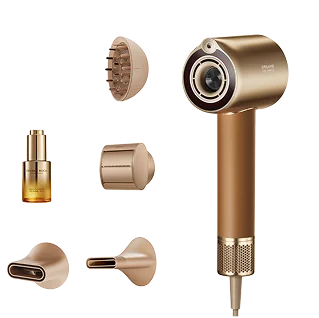
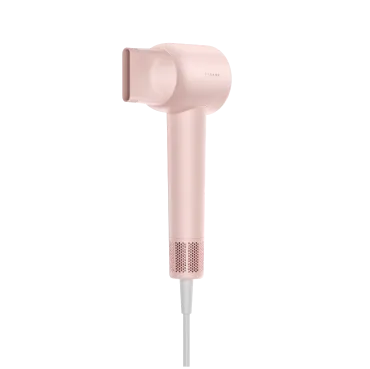


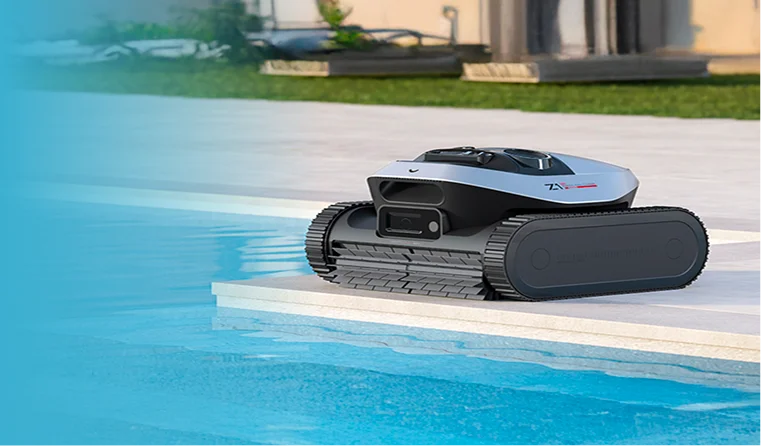
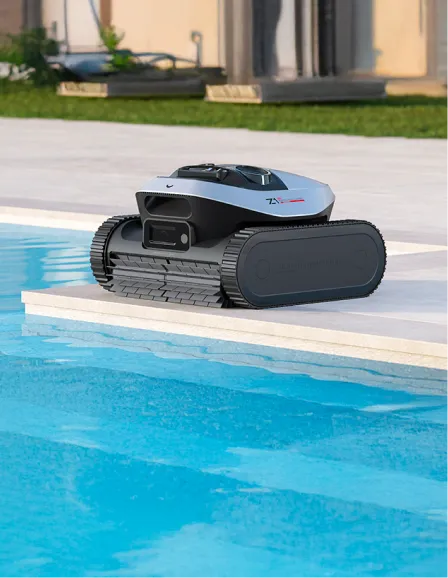
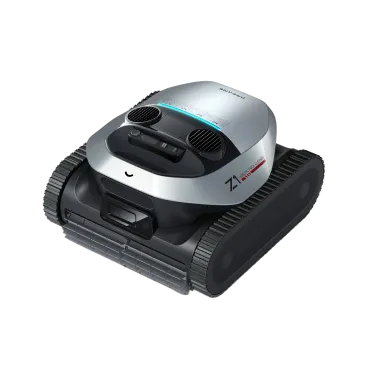
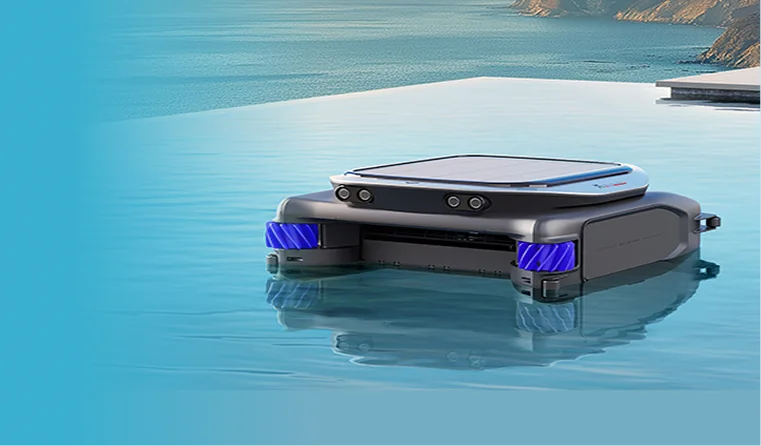
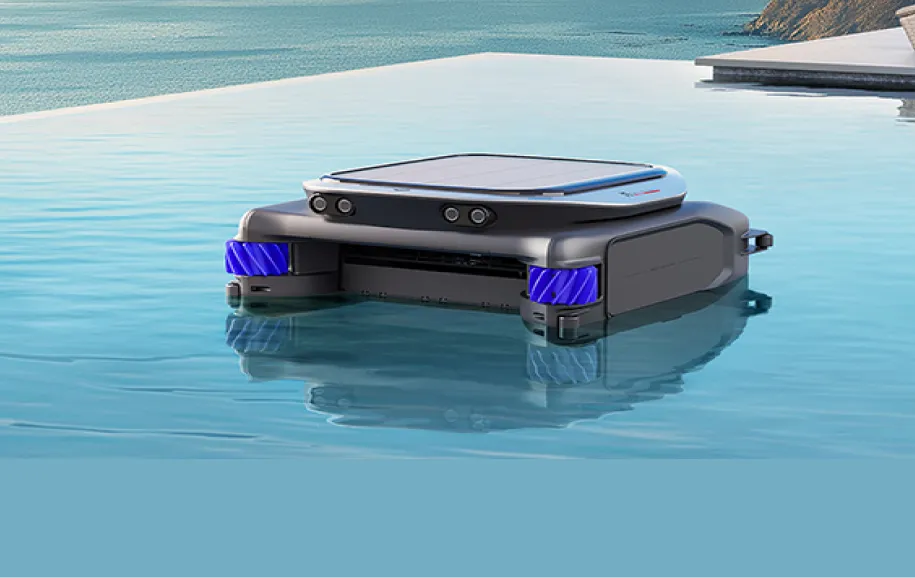










 Australia
Australia 中国大陆
中国大陆 日本
日本


 Türkiye
Türkiye


 Italia
Italia
 Netherlands
Netherlands Belgium
Belgium
 Greece
Greece Polska
Polska
 Norway
Norway
 Sweden
Sweden
 Finland
Finland
 Denmark
Denmark
 Hungary
Hungary Czechia
Czechia
 Slovenia
Slovenia
 Croatia
Croatia
 Switzerland
Switzerland United Kingdom
United Kingdom
 Canada
Canada



